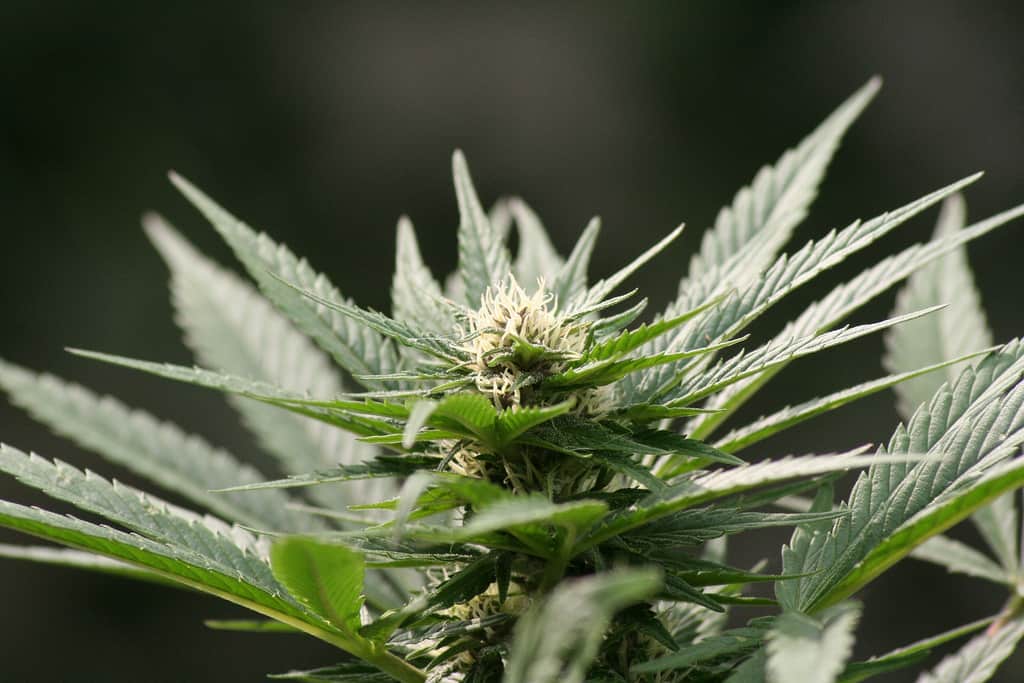Widely known as weed, any discussions around marijuana growing and use generates controversies and attention in equal measure. In some nations, growth and use of marijuana is controlled by the state while some allow freehold farming of the sedative plant. With much anticipation of legalizing the plant in the US, enthusiast cannot help but wonder how easy they can grow the crop without having to cultivate vast tracts of land. A comprehensive cannabis grow guide might be the best way to enlighten potential farmers on how to go about the plant’s agronomy.
Suitable growth areas
Marijuana derives the name ‘weed’ due to the fact that it can naturally grow anywhere. That gives it a welcome applause among farmers that dread the special conditions required by other plants. You do need not to own or rent a plot to grow weed as you can do it inside your home, and even rooms. When grown indoors, you may need to improvise the natural weather conditions to promote robust growth of the crop. So much time as the chamber contain all the necessary requirements, you are rest assured of unending supply of the plant that meets both recreational and medical requirements.
The growing environment
While you might be having seeds from the top breeders, poor conditions are likely to hamper proper plant development. Nonetheless, low quality seeds will not do well in perfect conditions, hence the need to get it right in terms of seeds and growing environment. With many people preferring home grown weed to buying from the dealers, it’s vital to ensure the following conditions prevail in the indoor growing environment:
- Light: cannabis needs long light durations and substantial intensities to thrive. While that is easy to achieve in open fields, indoor plots need artificial lighting systems to supplement the requirement. With numerous types of lighting systems available, the HPS lamps stands tall in regard to growing cannabis at home. They are not only affordable but also efficient hence lowers light production per unit of electricity. Nevertheless, they are not without disadvantages as they generate heat. LED lights and CFL lamps are known to serve specific sizes of the growing bush.
- Fresh air: unlike the indoor floral plants, cannabis needs lots of fresh air to facilitate photosynthesis and hence robust growth. Poorly ventilated areas promote infestation by pests such as spider mites that feed on the plant. For this reason, consider increasing the ventilation spaces on the growing area or installing a fan to get rid of old air, which lowers the rate of growth.
- Pots and soil: While soil seems obvious for the growers fabric pots come in handy to save on solid plastics. Unlike the plastic containers, fabric pots allow easy penetration of oxygen to the roots promoting faster drainage. If you cannot find high quality soil, consider buying from established garden centers or hardware stores. And in case you did not know, some institutions offer soil-less solutions that could cost you more than the backyard soil.
In conclusion, the most common propagative method for cannabis s through the use of seeds. For this reason one needs to get the right strains that suit the locality. Some of the most predominant strains include indica, Ruderalis, and Sativa.

